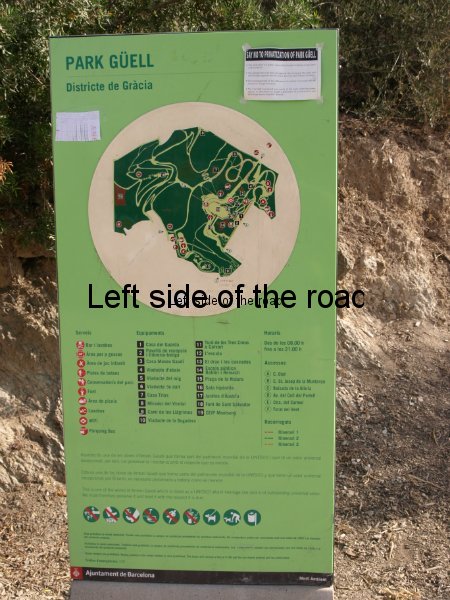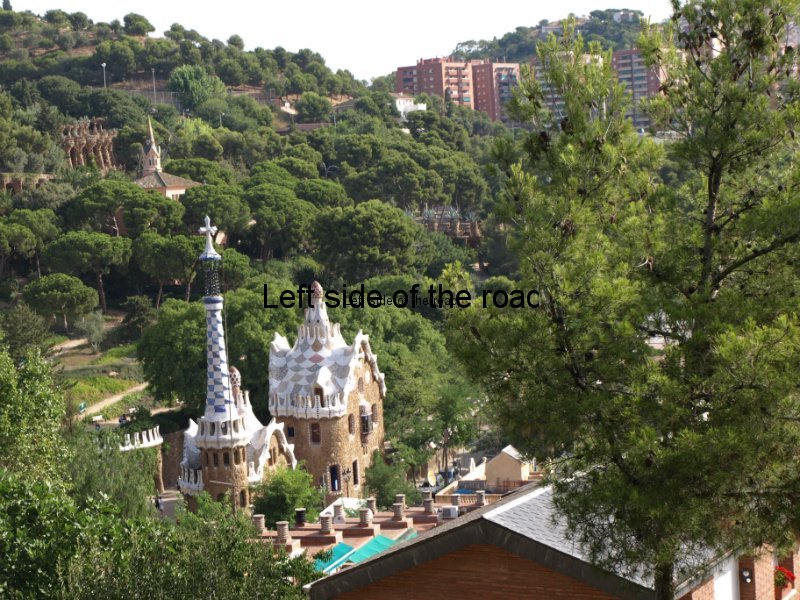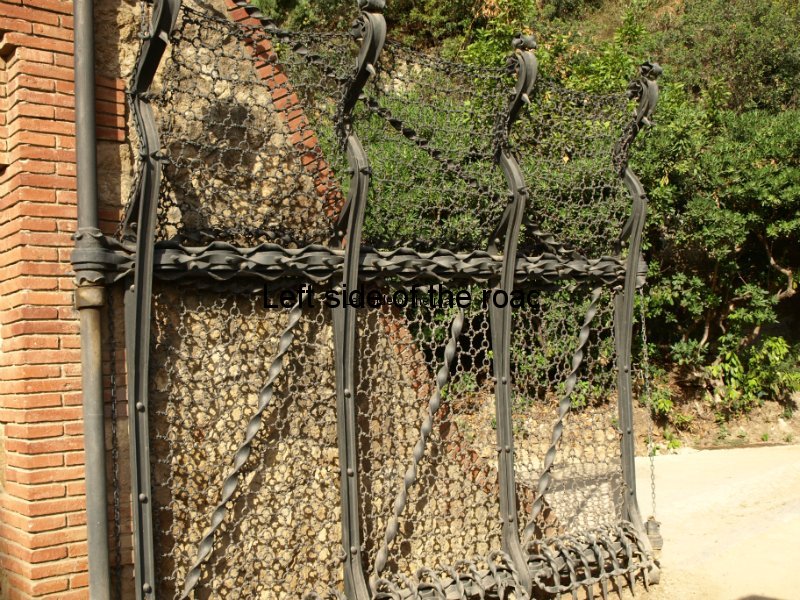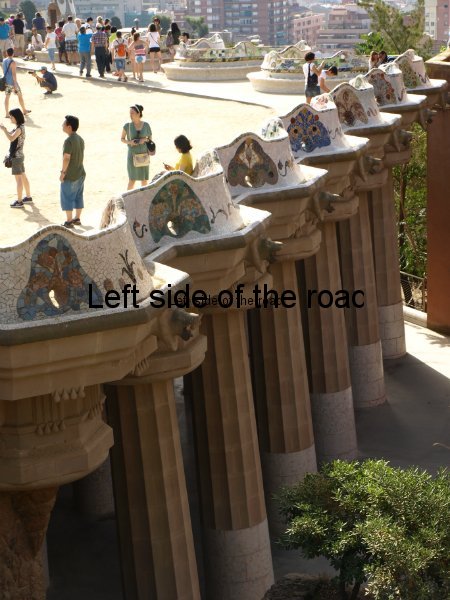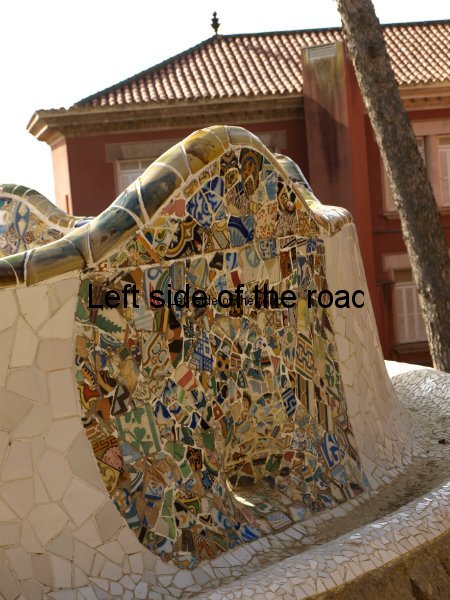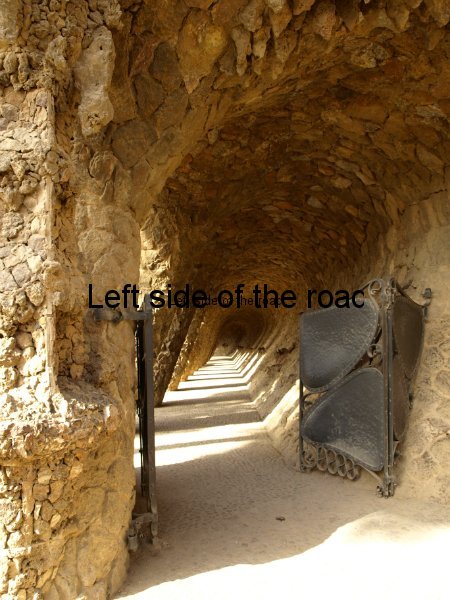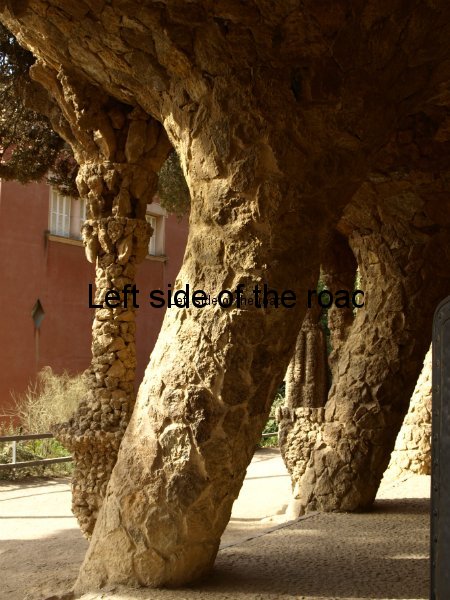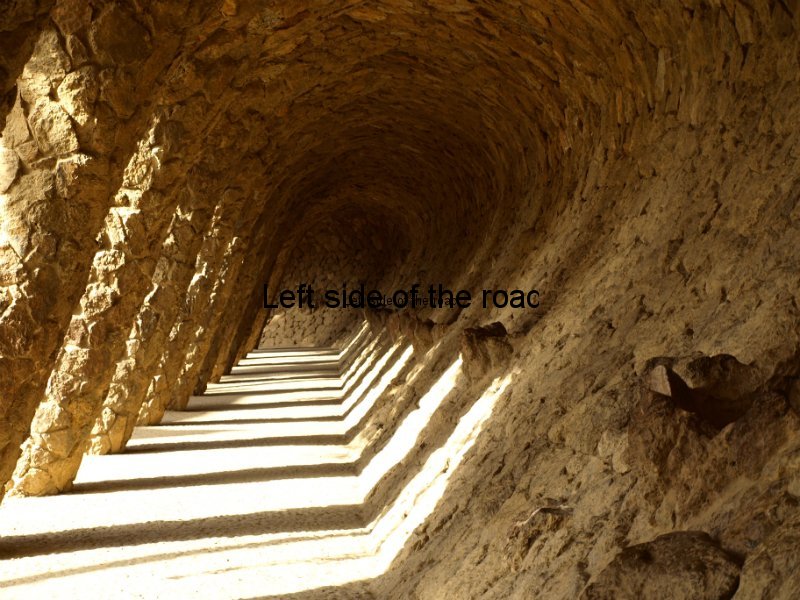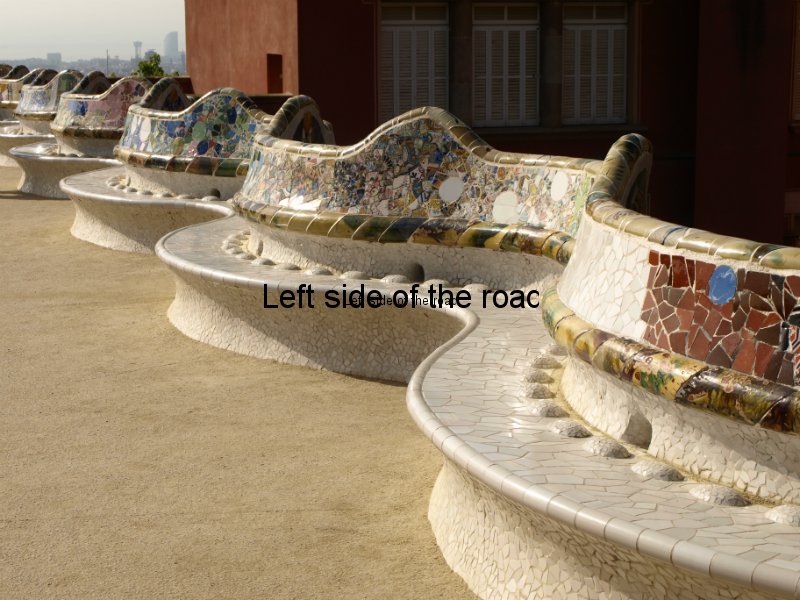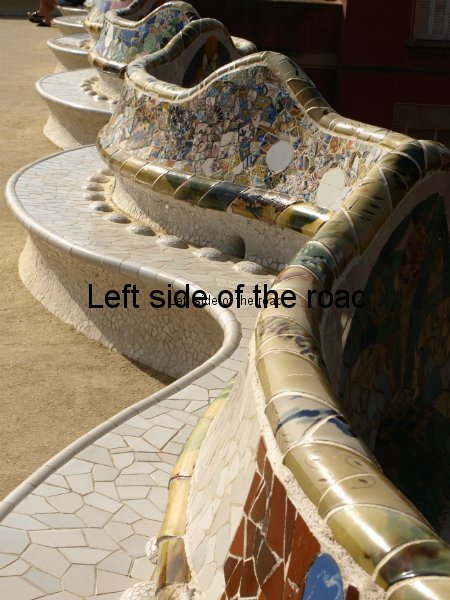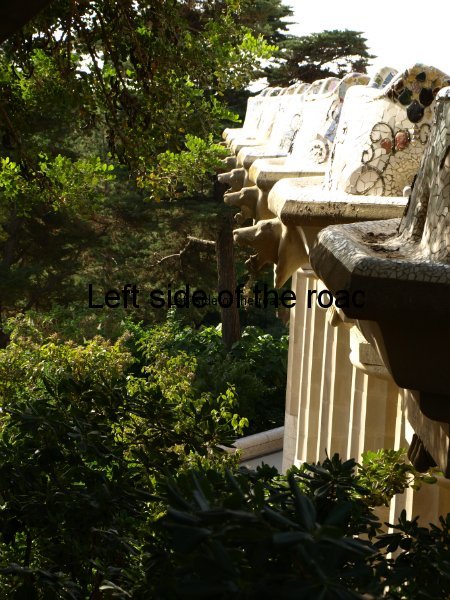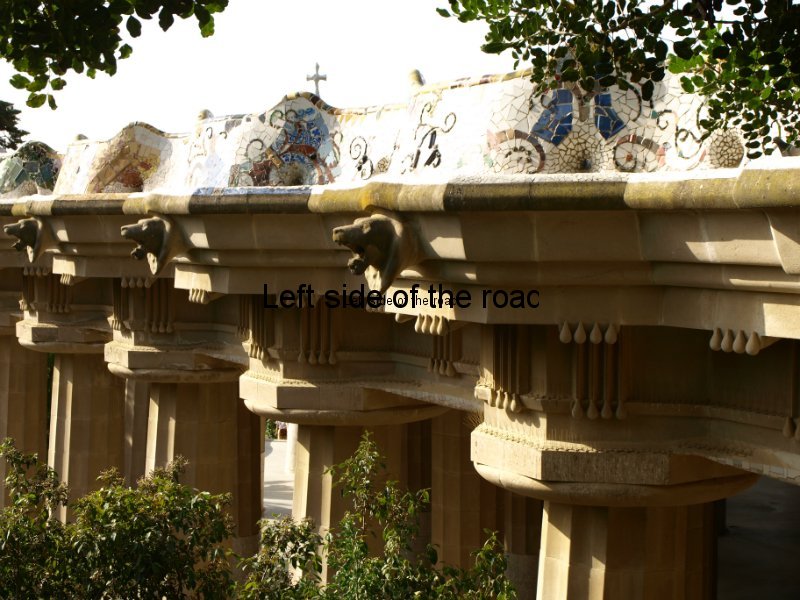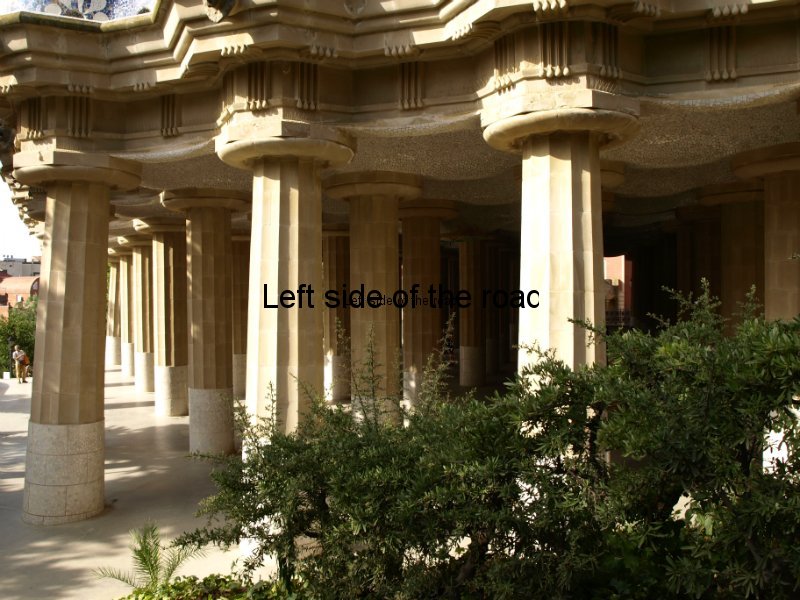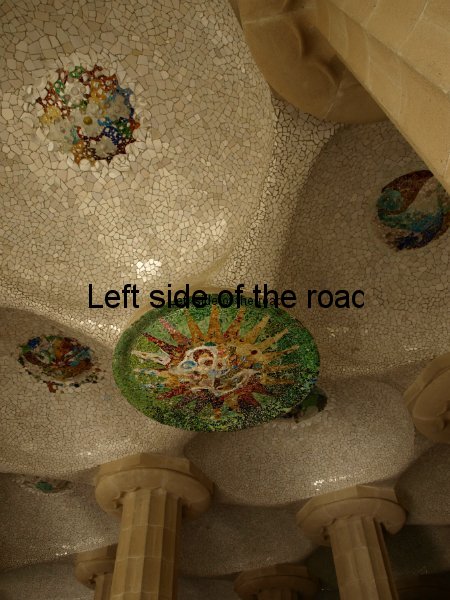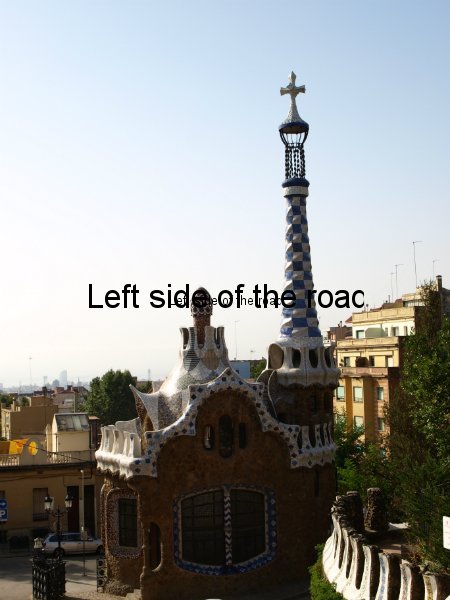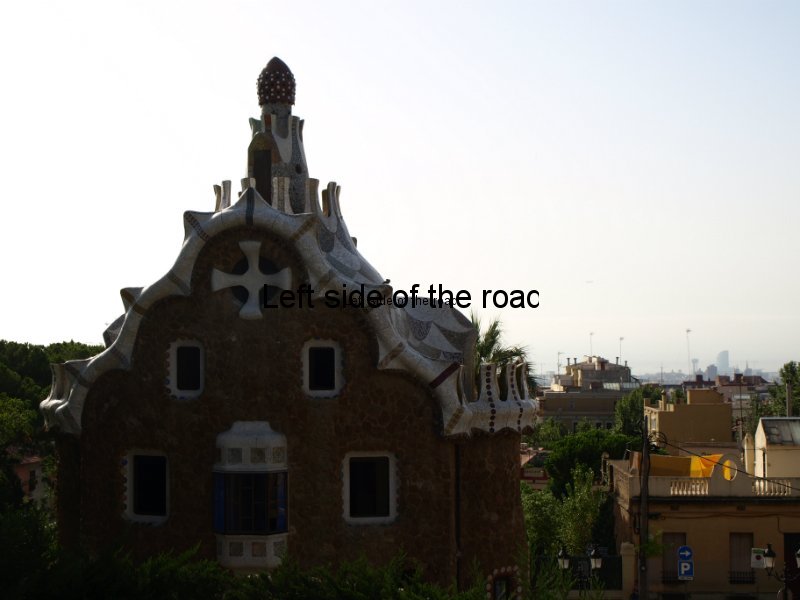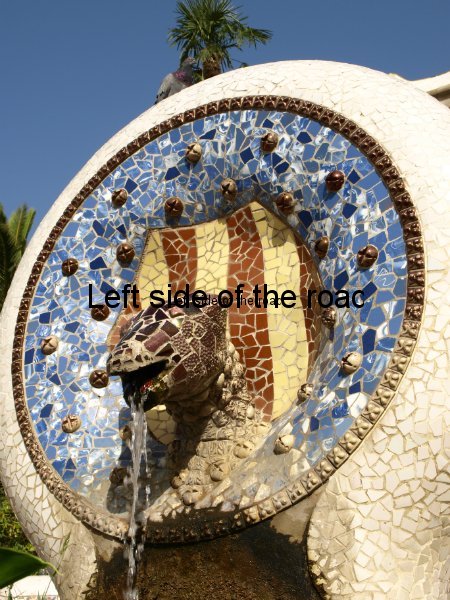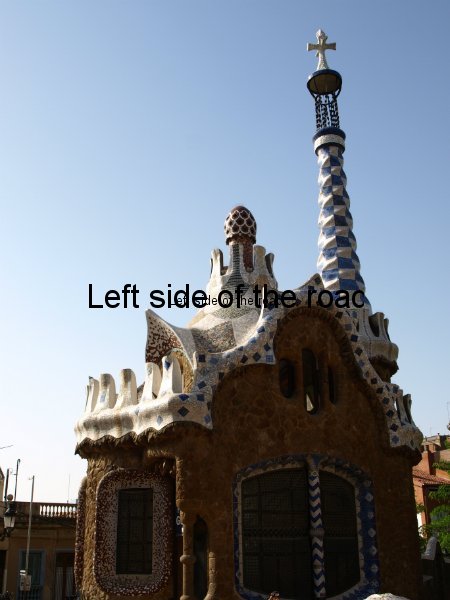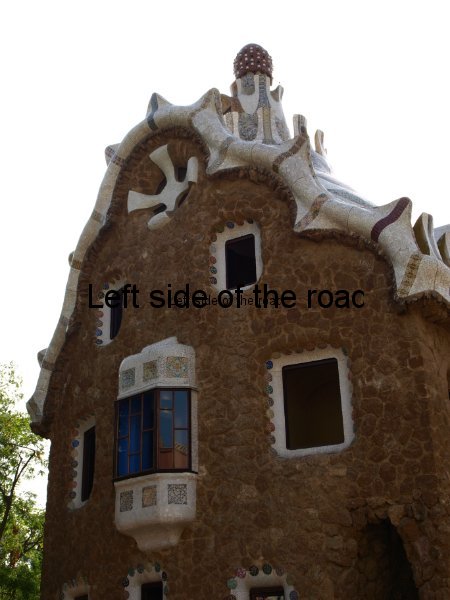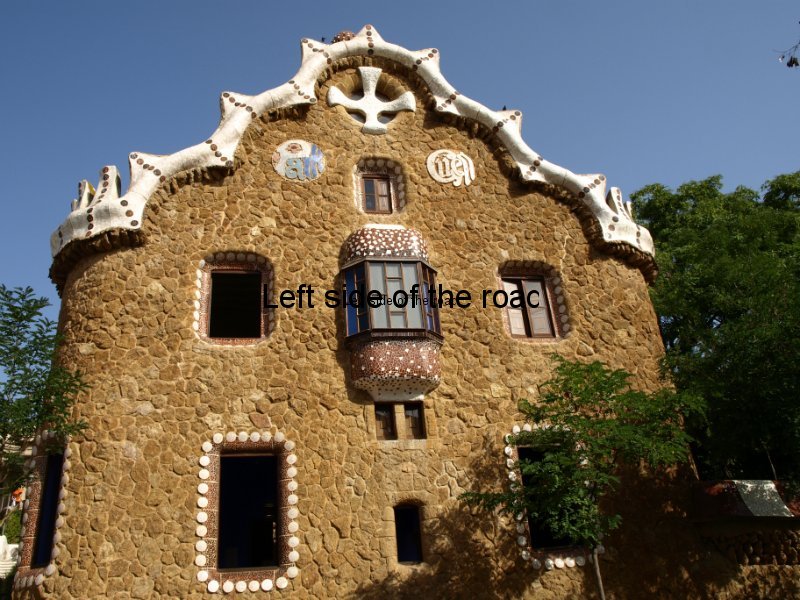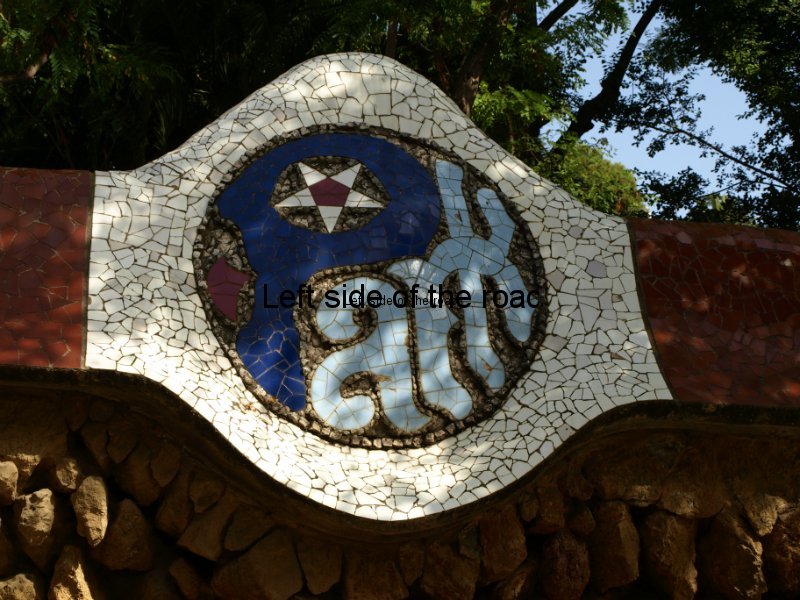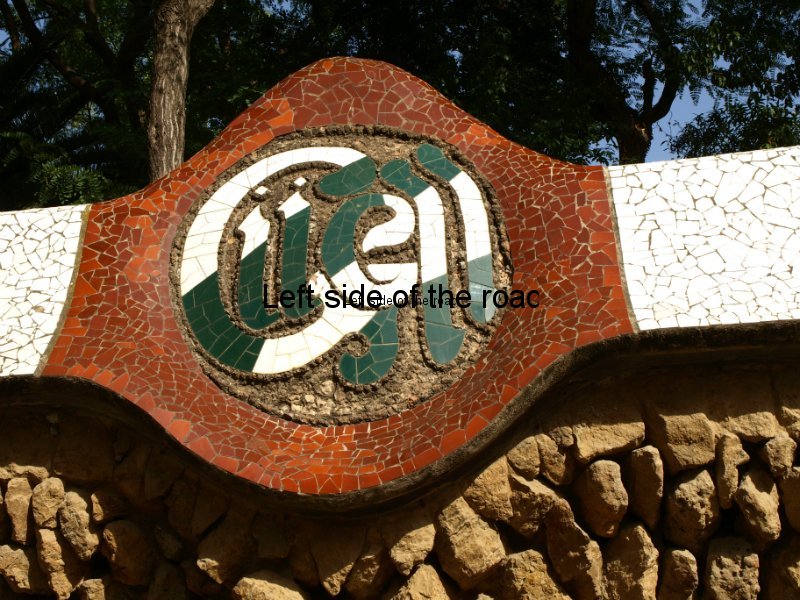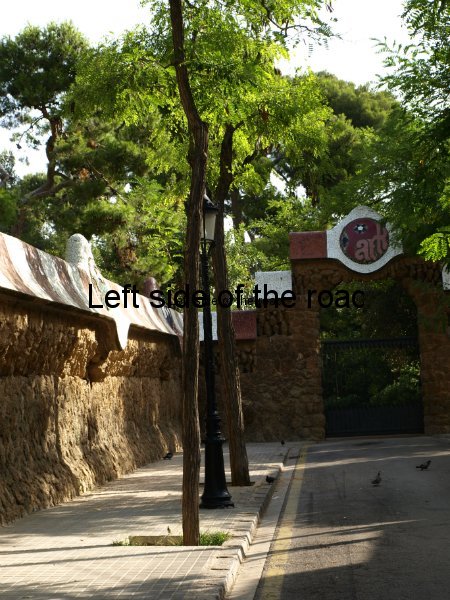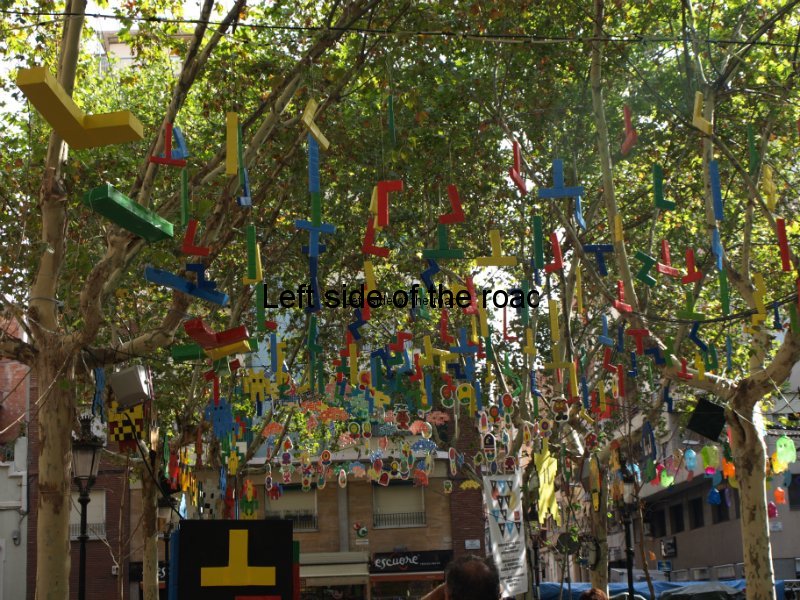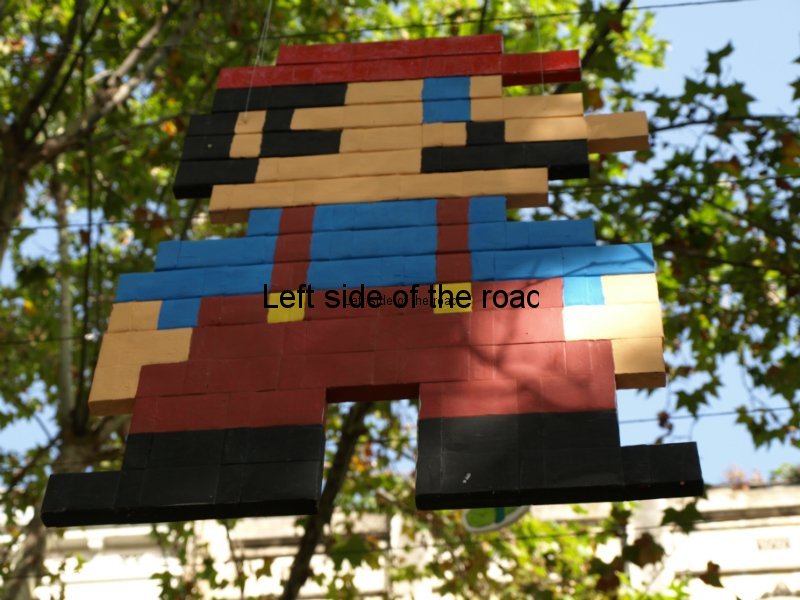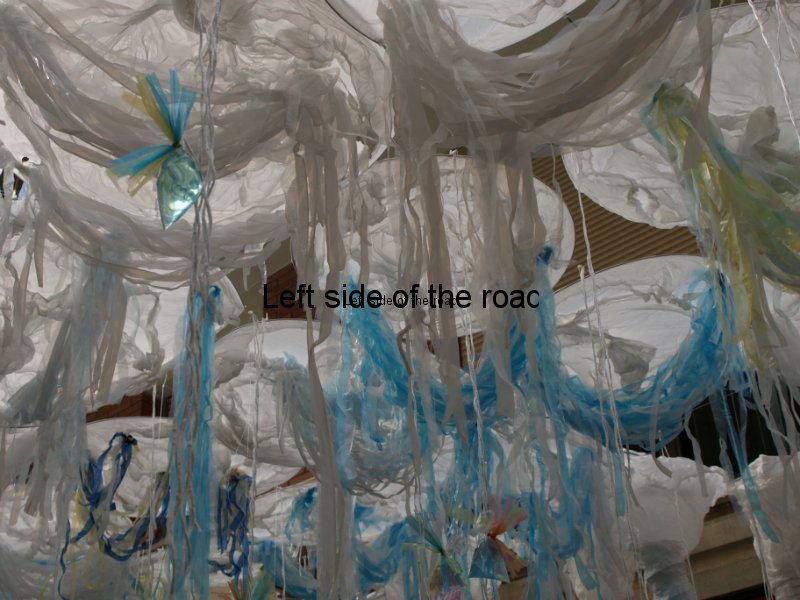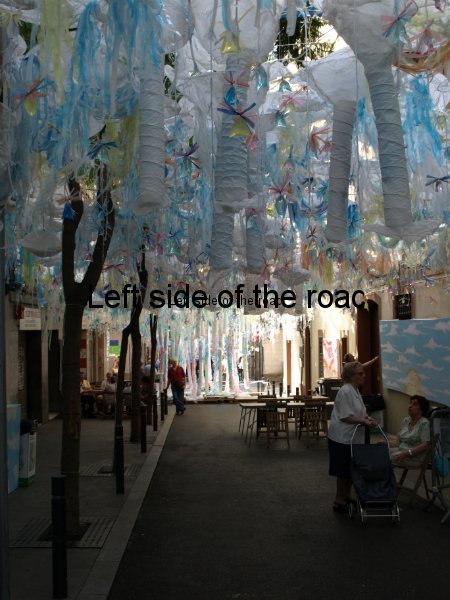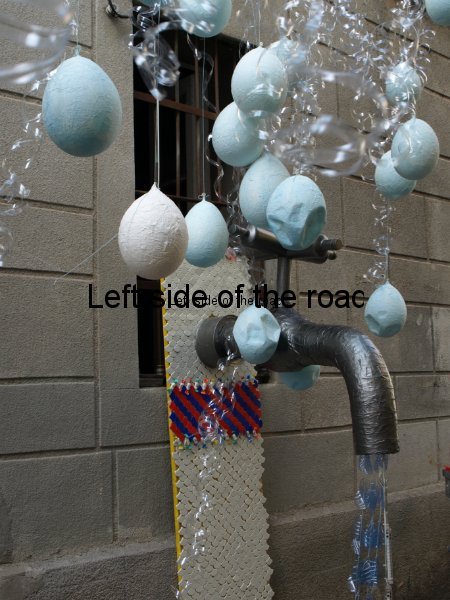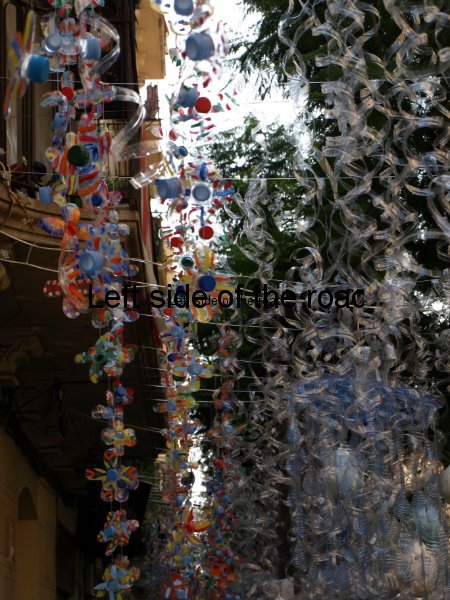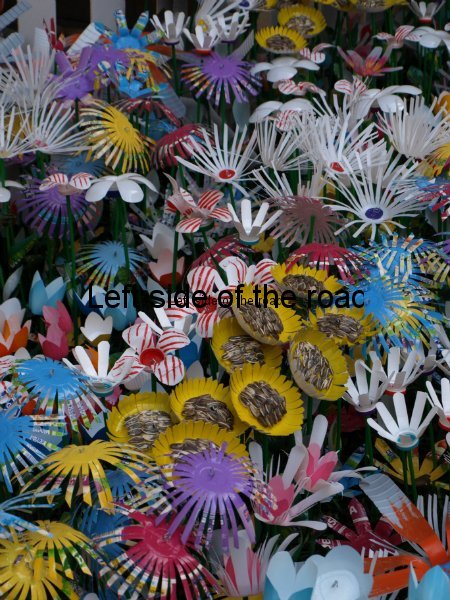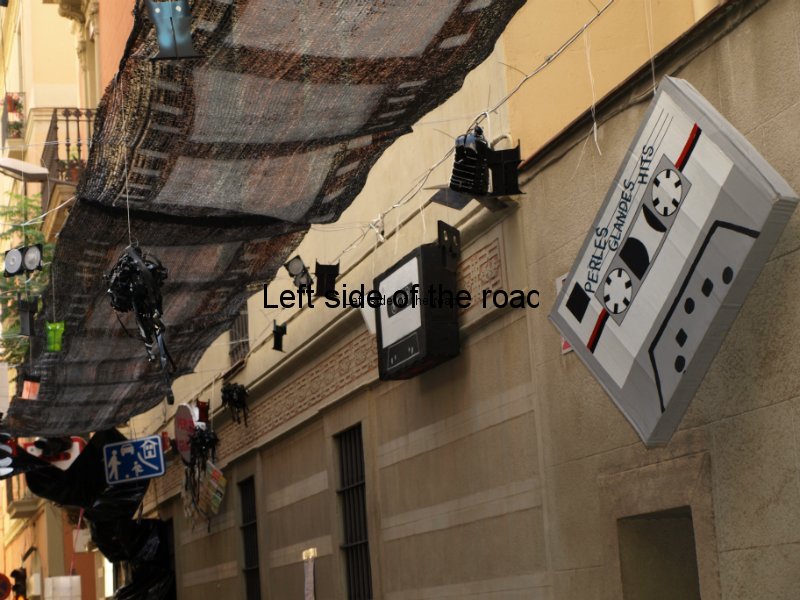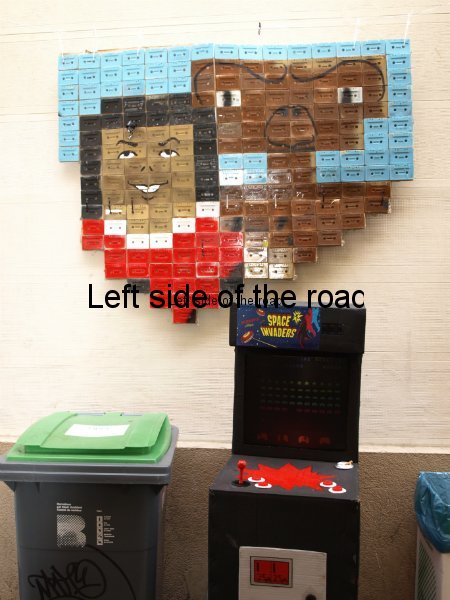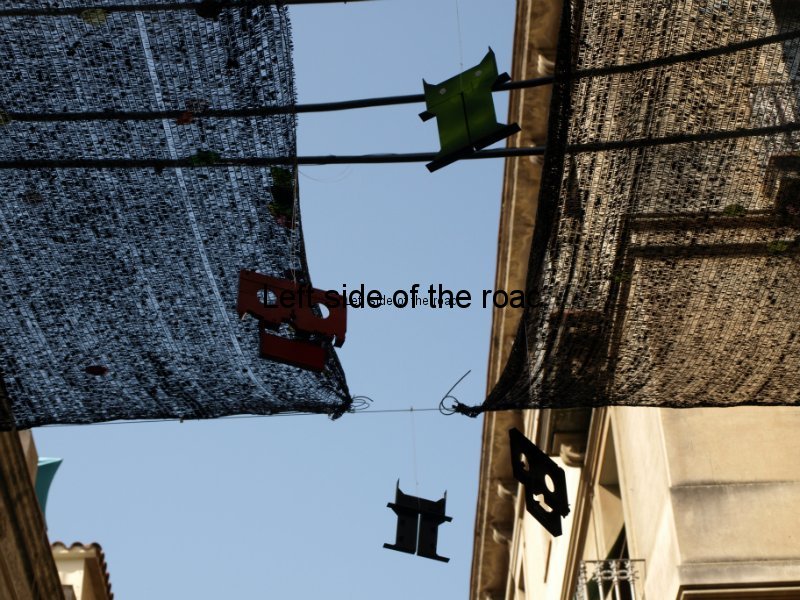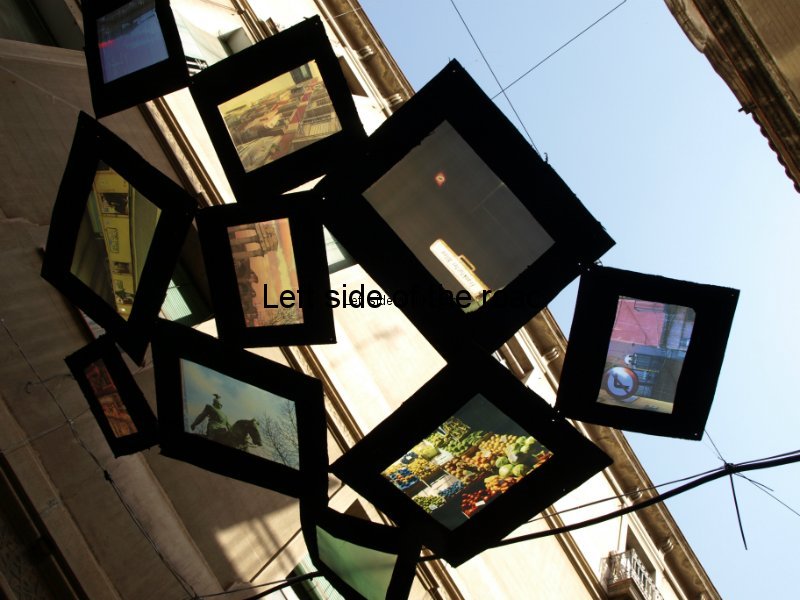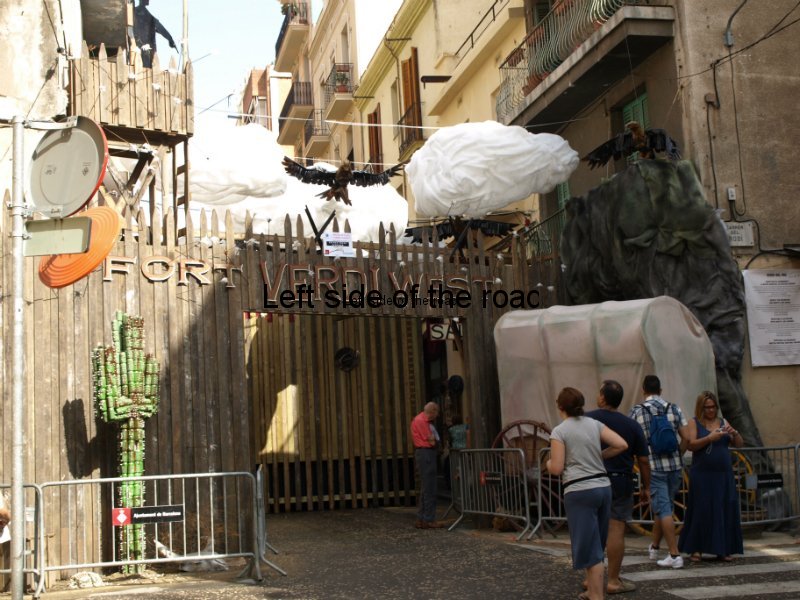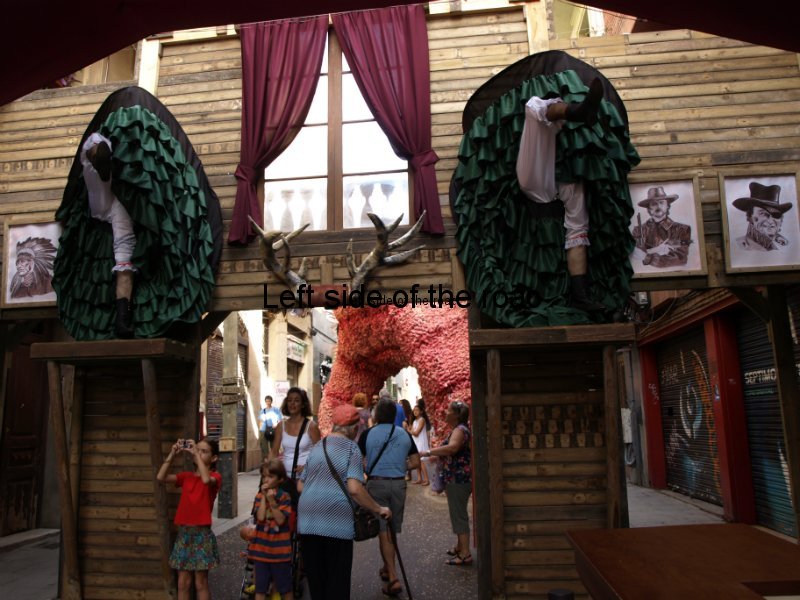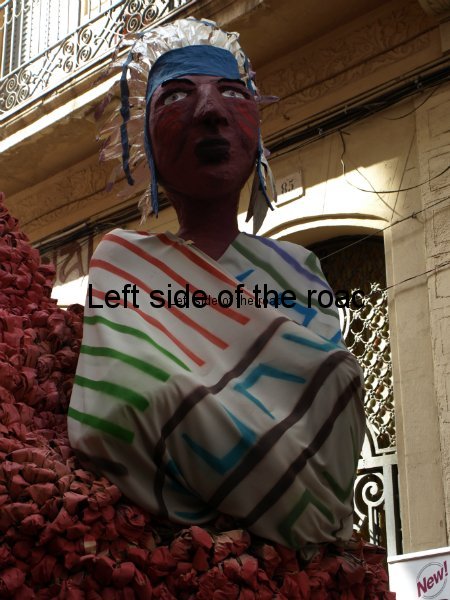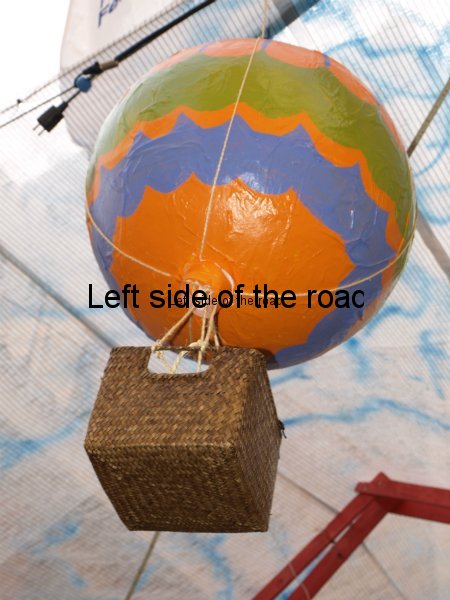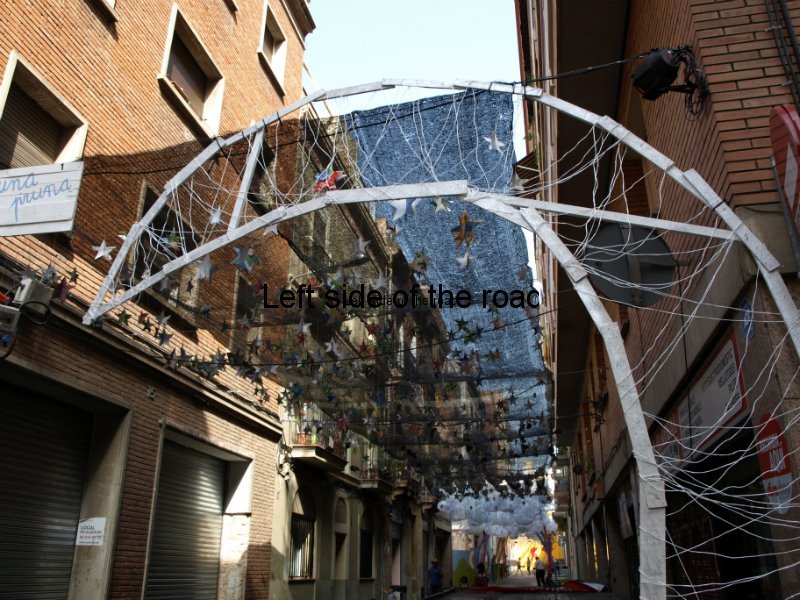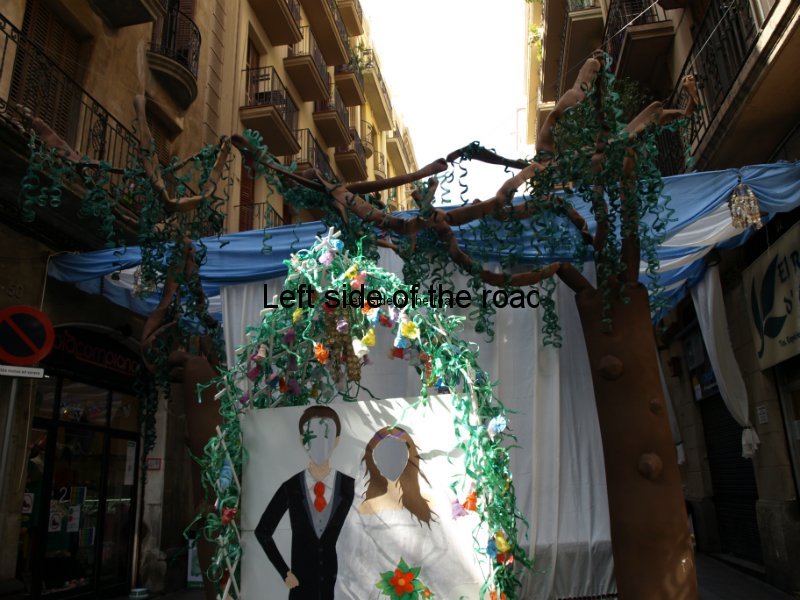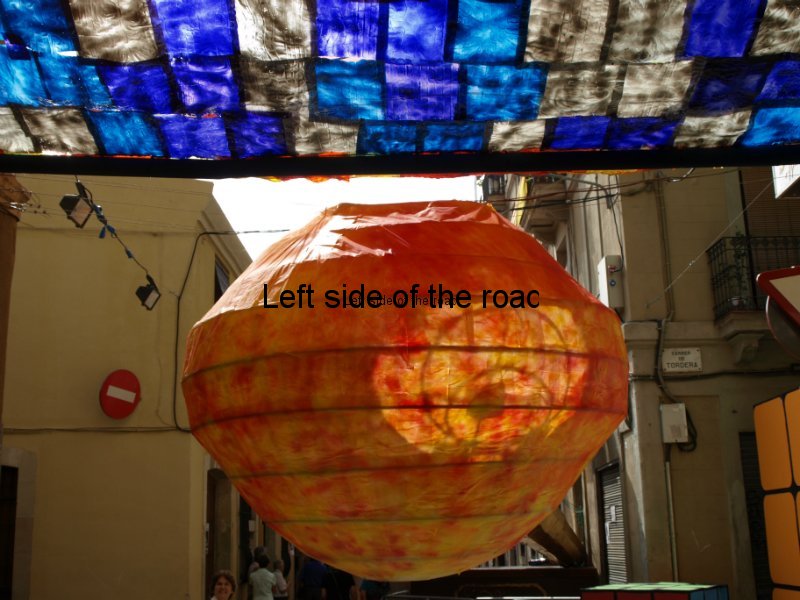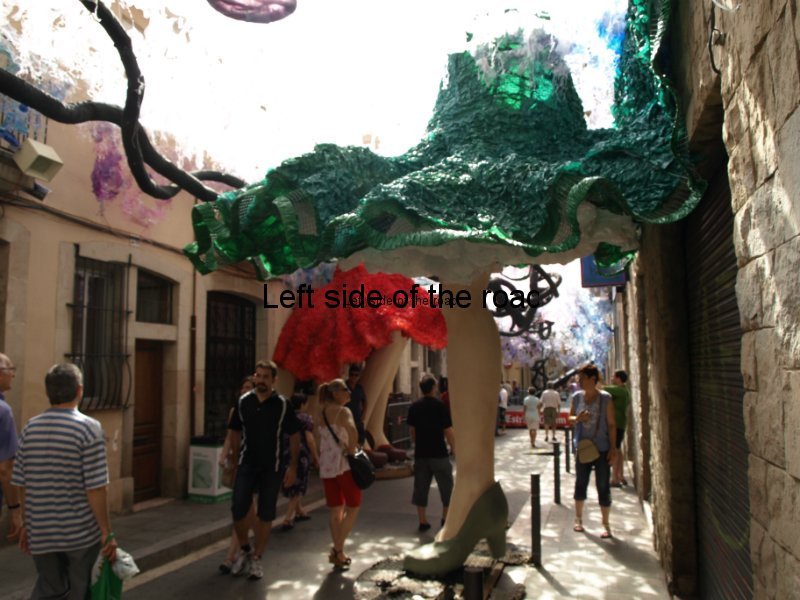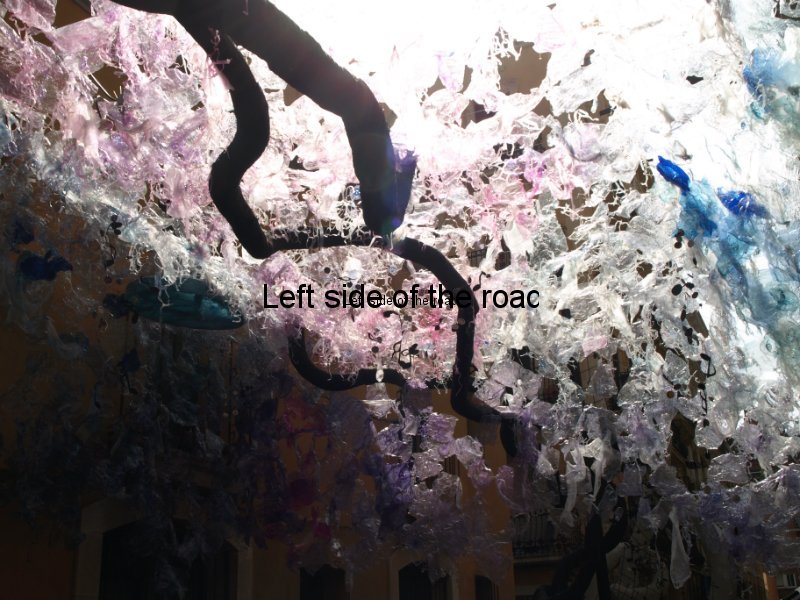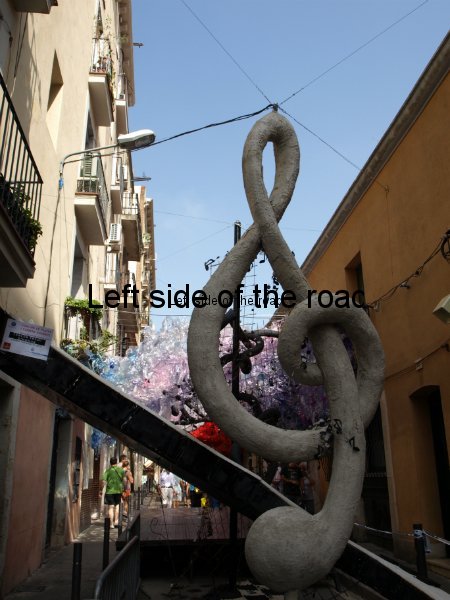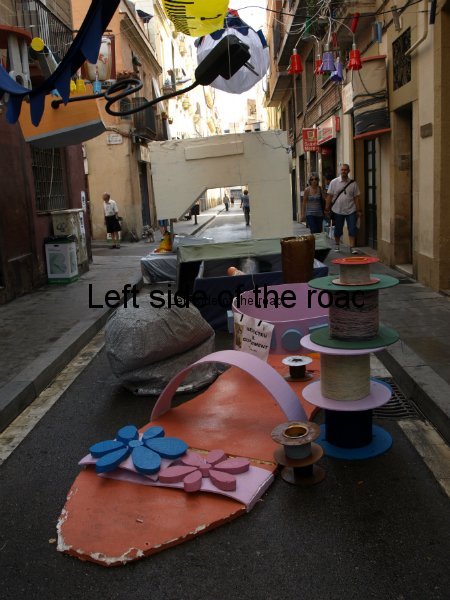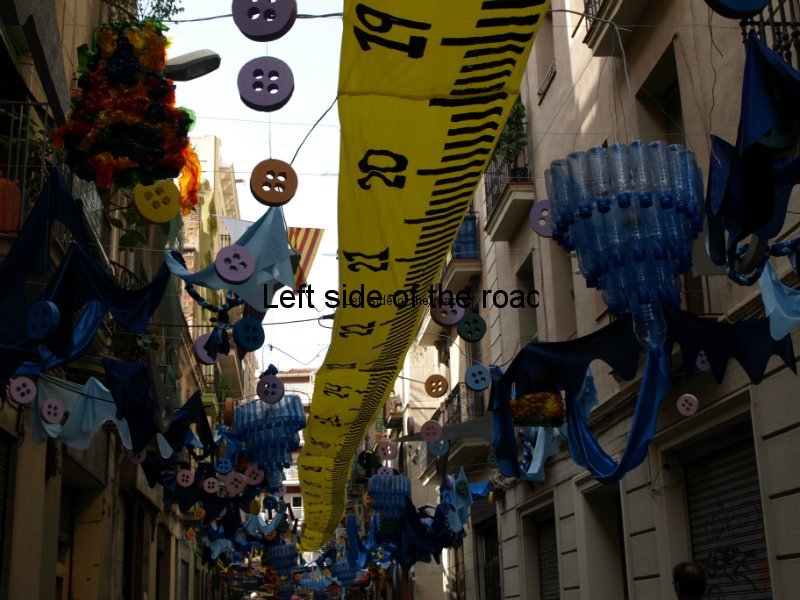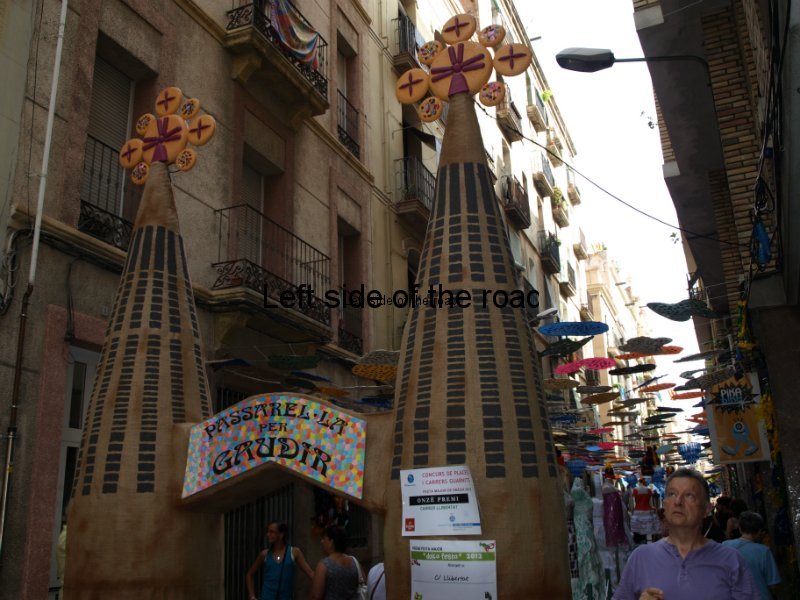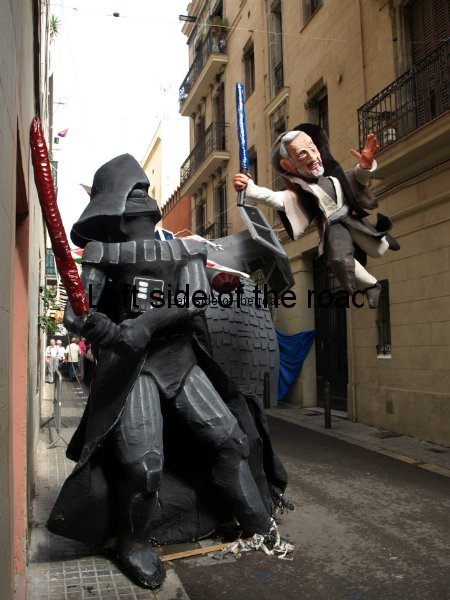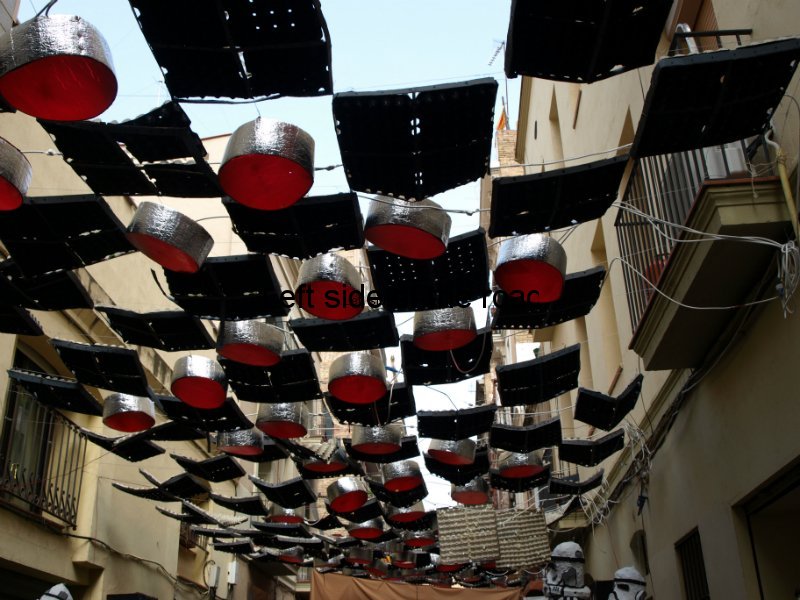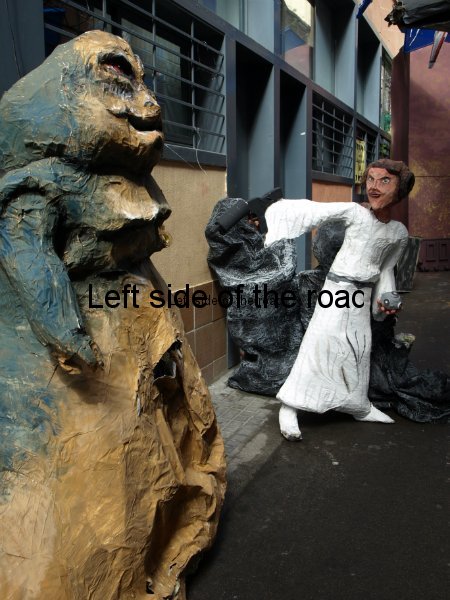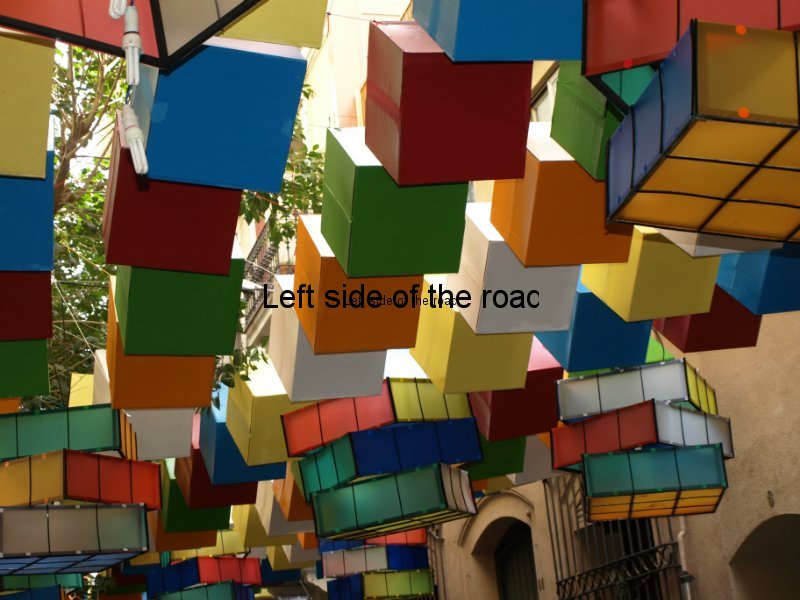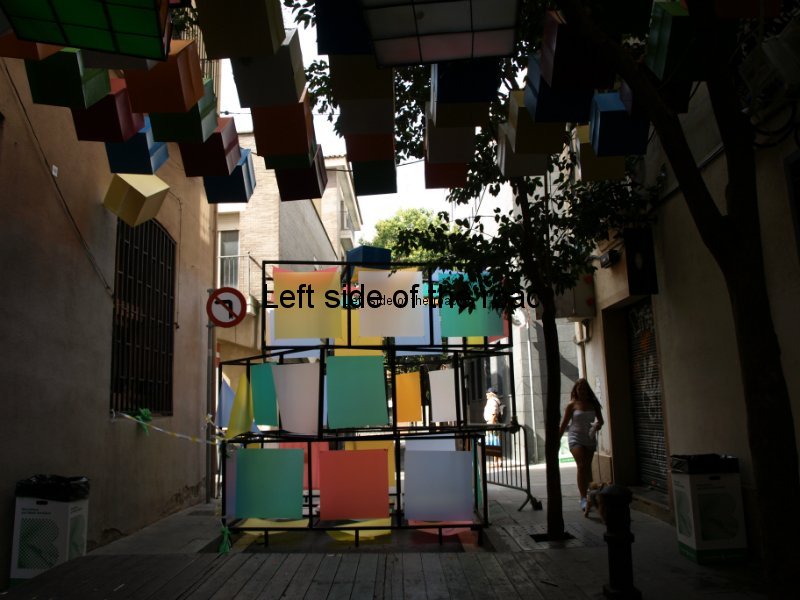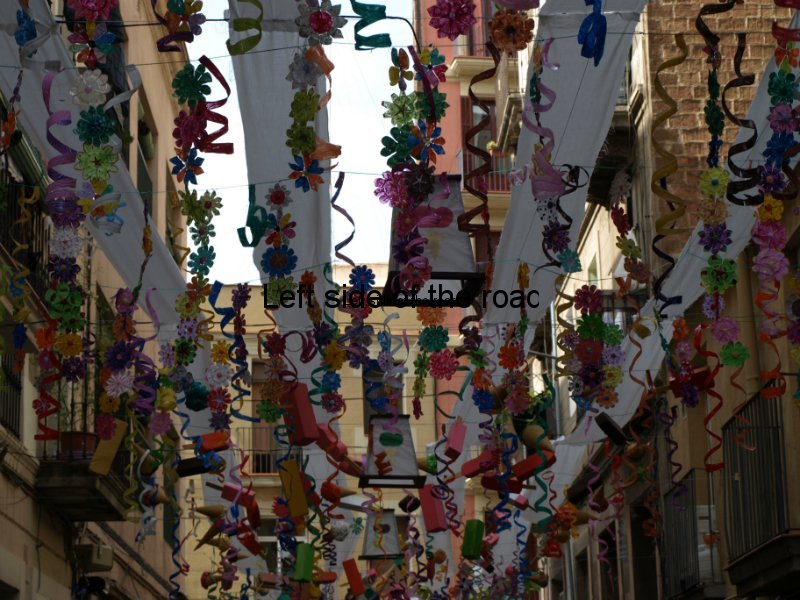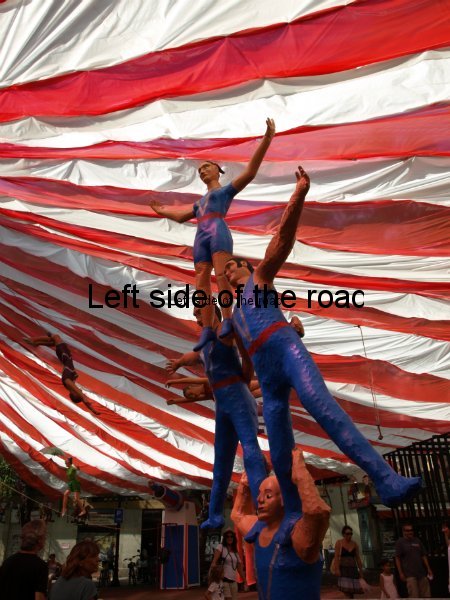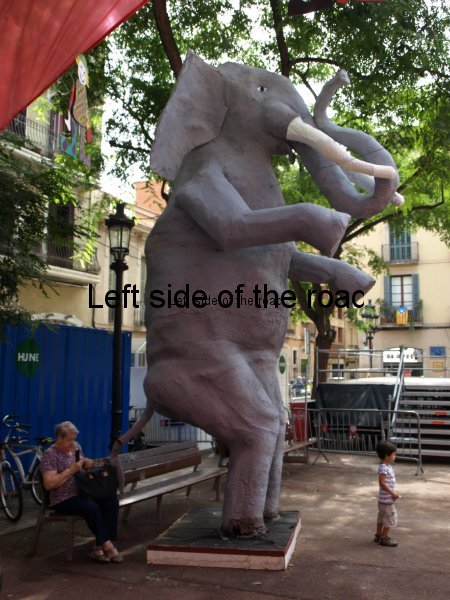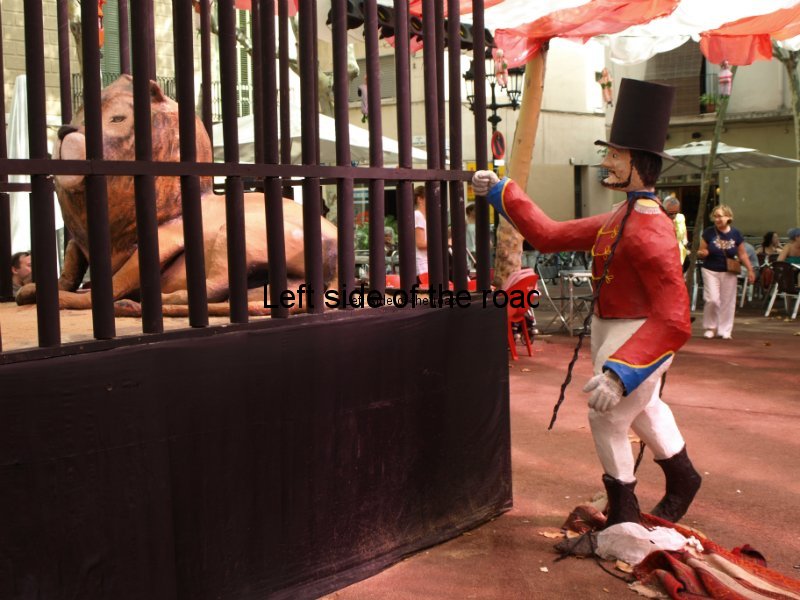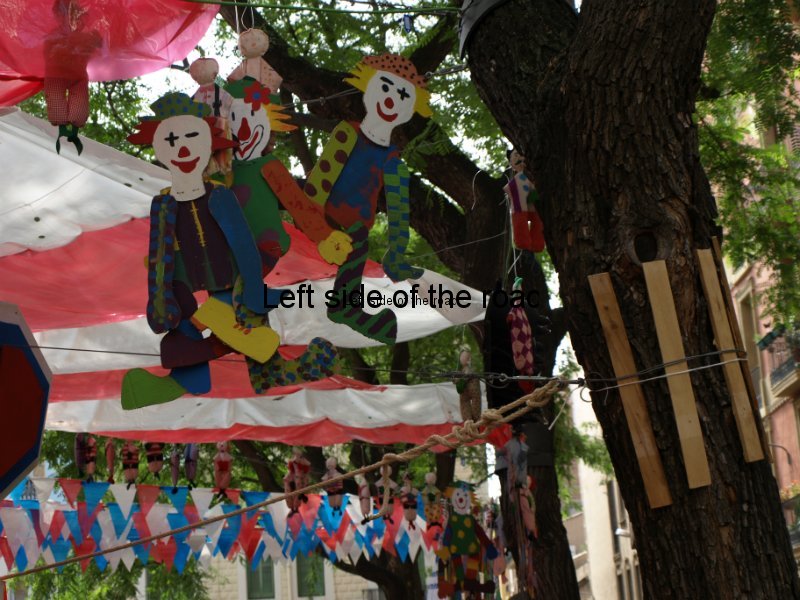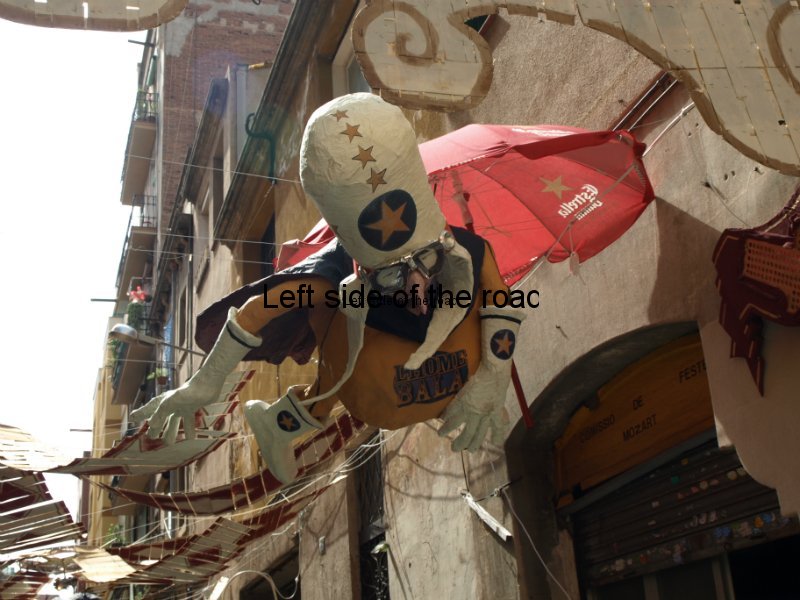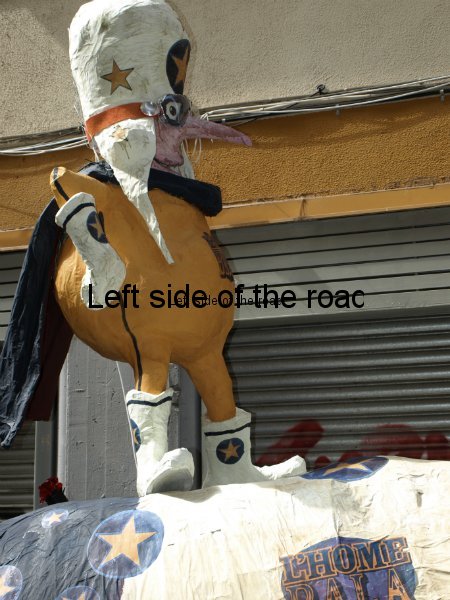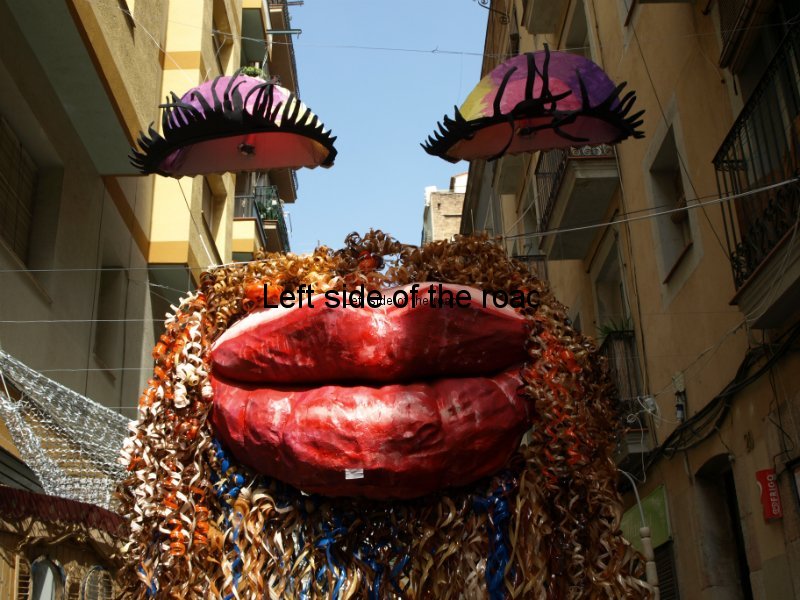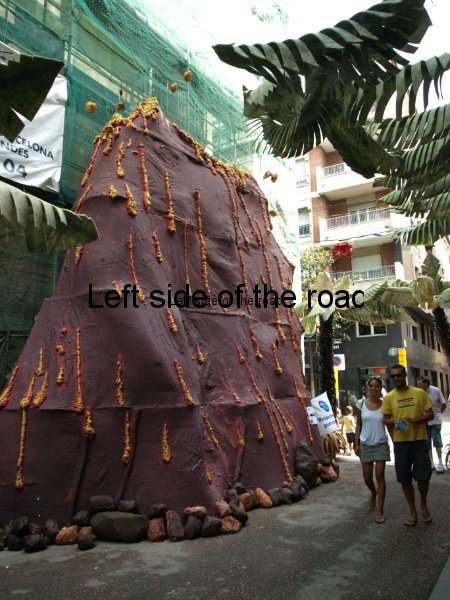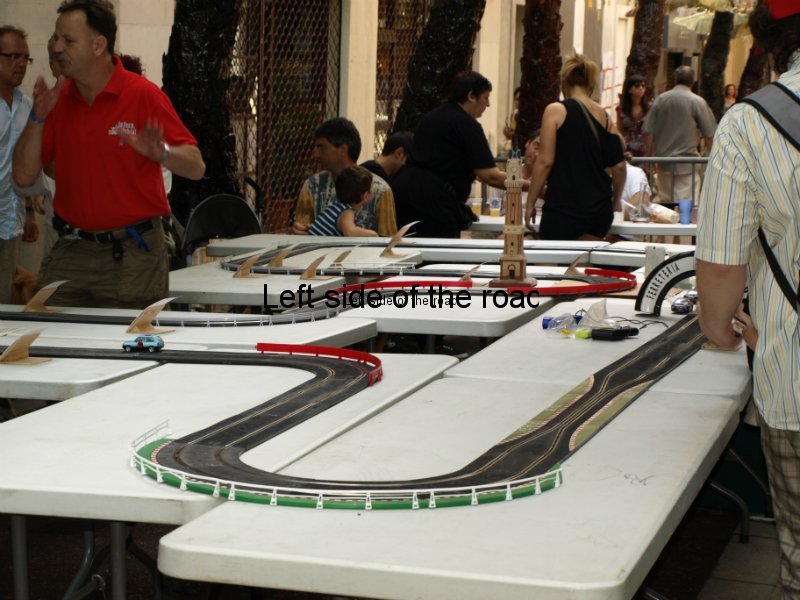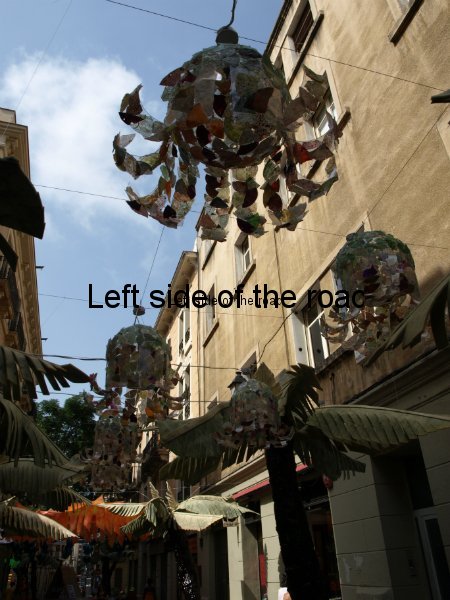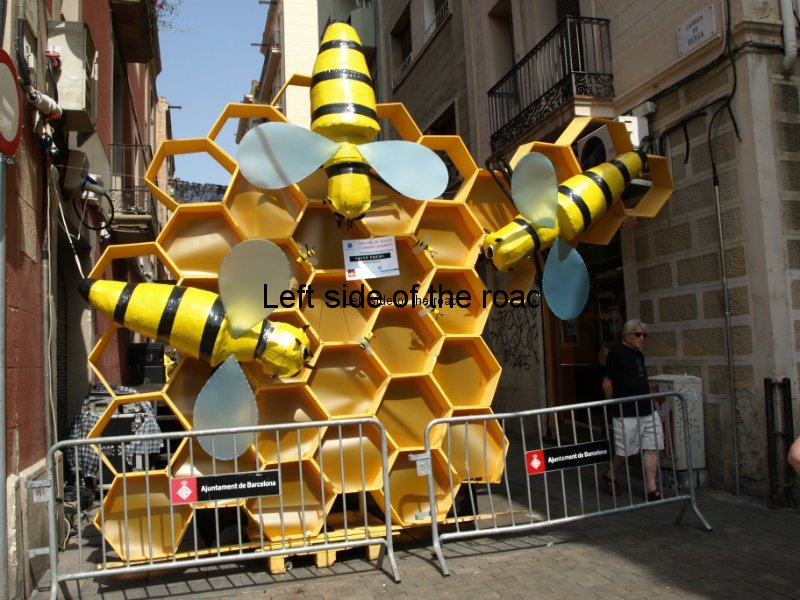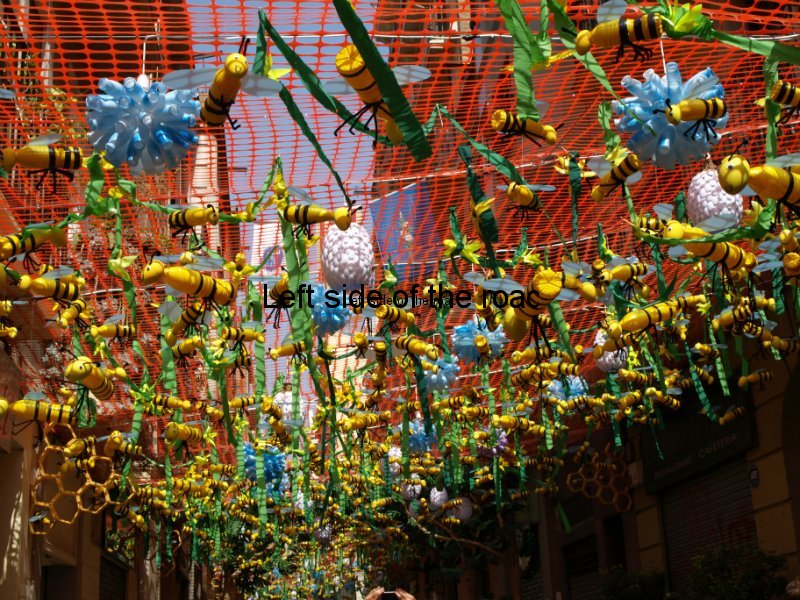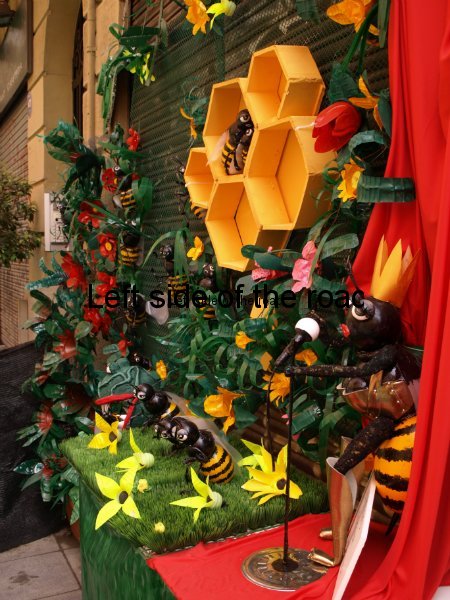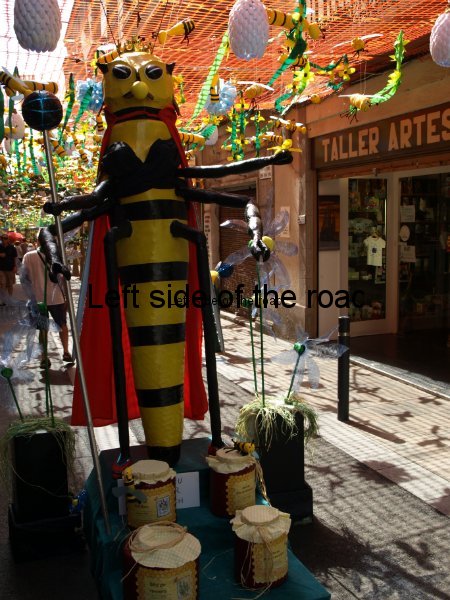Platja d’Aro Carnival 2014
Thirty or so years ago Platja d’Aro was just a quiet village on the northern coast of Catalonia. With the development of tourism and the creation of the ‘Costa Brava’ the town mushroomed and now is predominantly a place of hotels, apartment blocks and summer homes for the Catalan wealthy. From the end of the summer season in September/October until Easter the following year the place reverts to its original population levels, summer homes being closed for the winter. Apart, that is, until it’s time for the Platja d’Aro Carnival.
Platja d’Aro never used to have a carnival. In fact Carnival was never really a big thing in any part of Catalonia but someone at sometime thought that there was money to be made out of this weekend of madness and holiday resorts are always on the lookout for opportunities to extend the season.
What Platja d’Aro has succeeded in doing is making itself THE centre for carnival in that part of the region and attracts participants from the smaller towns and villages nearby, to the south and east of Girona – the distance is limited due to the fact that the decorated floats aren’t the easiest of vehicles to move over great distances and are probably breaking all kinds of traffic regulations under normal circumstances.
Arriving just before midday on the Thursday there was little to indicate that anything of any substance was going to happen within a couple of days. There were some street decorations but everything seemed remarkably quiet.
Although carnival related activities might take place earlier than the weekend everything really kicks off on the Thursday. This Thursday is known as Dijous Gras in Catalan (Jueves Lardero in Castellano or Fat Thursday in English). This is basically the day that is celebrated in Britain as Shrove Tuesday – the idea being the same, i.e., to use up any fat before the start of Lent on Ash Wednesday. In the Iberian peninsular they use of their fat up a few days earlier, probably due to the Catholic influence which has a desire to increase the period of penance. For the British this is perhaps one of the beneficial aspects remaining from Henry Tudor’s Reformation of the 16th century.
Traditionally, throughout Spain, the carnival weekend starts with the ‘pregon’ (prego in Catalan). This takes the form of announcement/declaration/speech (I can’t think of an exact parallel in English culture so it encompasses all of these things) made by a ‘town crier’ chosen for the task each year. For an outsider these can be difficult.
I was in a small town called Zahara de los Atunes, in the Cadiz province, some years ago at the time of carnival. I stood in the town square listening to the ‘pregonero’ make his speech but didn’t understand any of it. Some of the words yes, but the meaning no. I afterwards learnt that the ‘pregon’ takes the form of a satire, or an attack, on local and national politicians, local characters, or generally anyone in positions of power and influence. That means there are lots of local references, ‘in jokes’, etc., which need a good understanding of the immediate environment to get any of it.
For it has to be remembered that this is where the whole culture of carnival started. The local peasants were allowed a few days to let off steam. The whole social order was turned upside down for a short, determined and restricted period of time. People were permitted to break taboos, get drunk, dress in bizarre costumes, cross dress, disguise themselves and get away with behaviour that sometimes would even border on the criminal (read the section about the Venice carnival in The Memoirs of Casanova to get an idea of what he got up to in 1745, masked and cloaked in the narrow, dark alley ways by the canals). In such circumstances disguise was necessary to protect the ordinary people from later reprisals so in the past carnival would have been a somewhat surreptitious affair.
I really didn’t understand anything said by the ‘pregonero’ who stood on the balcony of the Town Hall (above the Tourist Information Office) in Platja d’Aro at 13.00 on Fat Thursday, for all the reasons mentioned above and added to that he was speaking in Catalan. I can understand some Catalan but not when it comes out like shrapnel, moving from one topic to another without warning. He was accompanied by the previously elected King and Queen of the Carnival (Reis Carnestoltes in Catalan) but the rest of the relatively small crowd seemed to like it.
There was a taste of what was to come in store later that day after it got dark. About a half a dozen of the floats (carrosses) shuttled up and down a section of the closed off main street which couldn’t have been much longer than a sprint track. Although only a few floats and only a few people at each one it was possible to learn from them a couple of the aspects that would mark the main parade – noise and alcohol.
Each float would have huge speakers pointing in all directions and the only setting on the amplifier was loud, so loud that you felt the float passing you. Another integral component of every float was the cupboard/s for the booze. A self-service arrangement where empty glasses were filled by whatever selection of drinks their budget would be able to manage.
Friday was a day of nothing more than a few bouncy castles and games for children in the gardens in front of the town’s community hall. Obviously everyone was getting prepared for the ‘big day’ on Saturday. If Friday was there for any reason at all it was so that people could arrive in time for the parade the following day. Restaurants that had been closed for the winter finished up their pre-season clean up and the tables were prepared for customers. More cars appeared in the private car-parks attached to some of the apartment blocks and the bars and cafés in town started to have smiling proprietors as the empty tables became more rare and people were staying for longer, meeting up with friends they hadn’t seen in a while.
The weather hadn’t been too bad in the week before the sun rose on Saturday morning. If the sun was out it could be quite pleasant but after dark, with the clear skies, the temperature would plummet. Being this far north I’m sure the temperatures were being effected by the cold air coming down from the snow-laden Pyrenees, not visible from the coast but that was where the cold air was coming from. The crazy weather that had hit more northerly Europe was having a knock on effect on the Mediterranean coastal towns.
There were two parades advertised for the Saturday, one at 11.00 and the other at 16.00. Even when I look back on it I don’t really understand why. Being this the first time that I had been there at any time, let alone Carnival, I got my information from the published material and just made sure that I was where it was all happening well before the appointed time.
To give you an idea about the procession perhaps its worthwhile saying something about the structure of Platja d’Aro. There’s a main road (C-35) that comes off motorway (E-15) – the main route into France from Barcelona – and then a spur off that which takes you into the centre of the town, at a roundabout near to the Town Hall. There it meets the road that runs parallel to the coast and goes all the way through Platja d’Aro. This is the main shopping, eating and socialising street, especially when the hotels and bars right by the beach are closed in the off-season. From where the parade starts to the roundabout at the end where all the ‘VIPs’ sit is no more than a kilometre and could be walked in less than 10 minutes.
On both sides of this route were plastic chairs, barely leaving any space for people to pass through. Where there weren’t these plastic chairs you had the outside seating for the cafés. These chairs had obviously been placed there overnight or very early in the morning and as we walked up to the start of the 11.00 parade I couldn’t work out why so many of them were empty.
This is the biggest Carnival parade in the area. Surely the seats would have been claimed long before the official start time? The answer was that the morning parade was very much a taster for the main course to come later in the afternoon. Some of the participants and floats appeared later, but not all but to tell the truth I couldn’t work out why there were two parades at all.
Although the same amount of effort would have gone into making the floats and the costumes as well as practising some, at least for me, fairly complex dance routines there were much fewer people watching to appreciate it. In fact, on the Saturday morning there were still more people arriving from the likes of Barcelona.
Coming from the UK my approach would have been to have one big parade, starting around about 14.00 and going on till every float had passed by. That would mean more of it would take place in the sun, more people would be around, and every participant would get the appreciation they deserved. But that plan would come up against a cultural barrier that to break down would rival the tasks of Hercules. And that’s the midday 3 or so hours designated for lunch and a possible siesta. It would be inconceivable that this could be changed, even for one day and anyway there would be a riot by the café and restaurant owners. So due to this intransigence some people are forced to perform to an empty street.
The main parade at 16.00 was a much different affair. I know there were at least 63 floats but they didn’t move through very quickly, going at an average of about 12 an hour. This meant that it was getting close to 22.00 before the last float went down the home stretch to be ‘greeted’ by the VIPs and to get their images broadcast on the local TV station. By that time it was getting cold. If at the start everyone was enjoying the sunshine by the time two-thirds of the parade had gone by people were starting to drift away.
And this seemed a shame. It was obvious the amount of effort that some people had put into their presentation was immense, both in terms of effort and expense. Some of the floats were papier-mâché works of art which had their 15 minutes of fame and presumably would have been dismantled within days. The people who walked with those floats were all dressed in some sort of costume, following the theme that had been chosen by their group. Some had only a few people but some of the bigger groups had 50, 60 or even more people, of all ages and sizes, all dressed exactly the same. But the ones at the back would only have been seen by a fraction of the crowd as those whose float had the numbers 1 to 25.
This is an event were everyone in a particular community or club would participate, regardless of age or gender. Often, under the make up and the costumes, it was impossible to tell the gender. And the make-up was another matter. The costumes would have been made over a period of months (I assume that these groups have already decided on what they’re going to do for 2015 and are beginning to put together what is necessary for next year’s carnival) but the make-up would have to have been done just a matter of an hour or so before they went out on to the street. I didn’t think of it at the time, and only thought about it now as I type, that it would have been interesting to have seen all the back-room work being done by those who perhaps did not walk in the parade.
Some people just walked in their costumes whilst others had a set dance routine which they would perform whilst they were stopped in one place. After a while it was possible to see patterns develop and what seemed to differentiate the different groups was the combination, difficulty or adventurousness of the moves. I’m sure the choreographer for each group (comparsa) would be videoing the whole parade to see what could be filched for incorporation in next year’s routine.
Most of it was conventional in that they played for colour and going for the attractive such as the 18th century dandies, the Red Riding Hoods or the Ali Baba themed float. Some went for the comic. I thought the dancing pizzas was a bit unusual.
There were, however, only two that I could distinguish that had chosen to be confrontational and were making a statement about present Catalan/Spanish society.
One group were skitting corruption within the state with cartoons on the side of the float of those who have recently been involved in political and economic scandals. They were dressed like burglars with a golden swag bag and a currency symbol (a $, £ or €) on their T-shirts. Alongside the entrance to a parliament building they had a string of chorizos, Spanish slang for a ‘prick’.
Another one was making a direct attack on the Catholic church. Their float had the depiction of a topless nun, dressed only in a G-string, a cornette and a wimple. Over her left shoulder she was carrying a wooden cross (which by Sunday night was broken just below the horizontal arm and pieces of her anatomy had also been damaged – the victim of an Opus Dei attack?). On the other side was a depiction of a bemused Christ, hanging on to his cross for dear life and with a somewhat disproportionate erection sticking out from under his loin cloth. At the front was a cartoon of a priest and a nun and the ‘Bebe Anticrisis’. The people, mostly young, from this float were dressed as priests or nuns – in mini-skirts and suspender belts. Every time I saw them they were happily drinking from the bar – which formed the internal part of the structure. One thing I found interesting about this particular float, apart from the imagery, was the fact that they seemed to have the most local sponsors with the names and addresses of businesses in the town – this group was from Platja d’Aro itself.
There was also one ‘attack’ on the Spanish ‘Empire’ with a reference to Madrid’s bid for the 2024 Olympics. To understand the imagery it’s necessary to know that the bear is the symbol of Madrid – in the Plaza del Sol in Madrid you can see the Bear and the Strawberry Tree statue and this image appears throughout the city from manhole covers to the crest on the sides of taxis.
I’ve already mentioned that copious supplies of alcohol (and presumably soft drinks for the children) were a pre-requisite for the designer of the floats. Another was a place to store big bags of confetti. All the floats that I saw (apart from the few that were making a political/social point) had these bags of what looked like the round pieces of paper left when you punch a hole in a sheet to put it into a ring binder. Where they came from I don’t know but if you are standing watching you can expect to have some of this thrown over you. Wear something dark and you’ll be picking at it for days. It could be worse – in Cajamarca, Peru, they paint you with watered down shoe polish.
There was a dance in the community centre that Saturday night and at midday on the Sunday the floats were on display closer to their homes. It was advertised that they would be on the street at Castell Platja d’Aro (about 4 kilometres away) and we passed some of them with their speakers blaring out in Sant Antoni de Calonge/Palamós. Apart from that the street events had all but come to an end. On the Sunday night a few of the local floats had their swan song in the same place in Platja d’Aro as they were on Fat Thursday but by 20.00 the music was turned off and the police escorted them to a parking lot outside of the town centre.
So that was Carnival in Platja d’Aro.
The Monday was horrendous weather wise, cold, windy and wet. Fortunately that had held off for the big parade, it would have been very unpleasant indeed if the weather had turned nasty then. The town returned to its sleepy and quiet winter normality. Most apartments closed down, the car parks emptied and the restaurants closed. Easter is late this year so they’ll be hoping that the weather picks up. Until then the owners will have to make do with counting the money made over the Carnival weekend.














